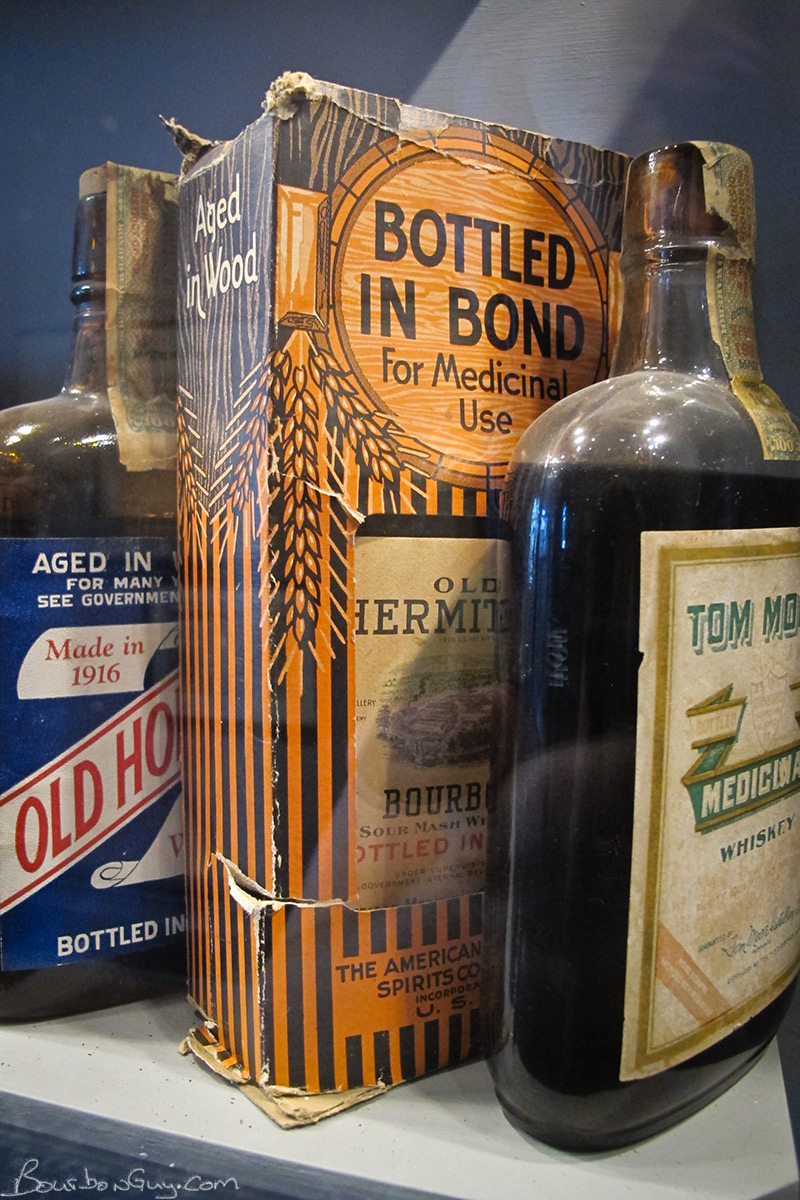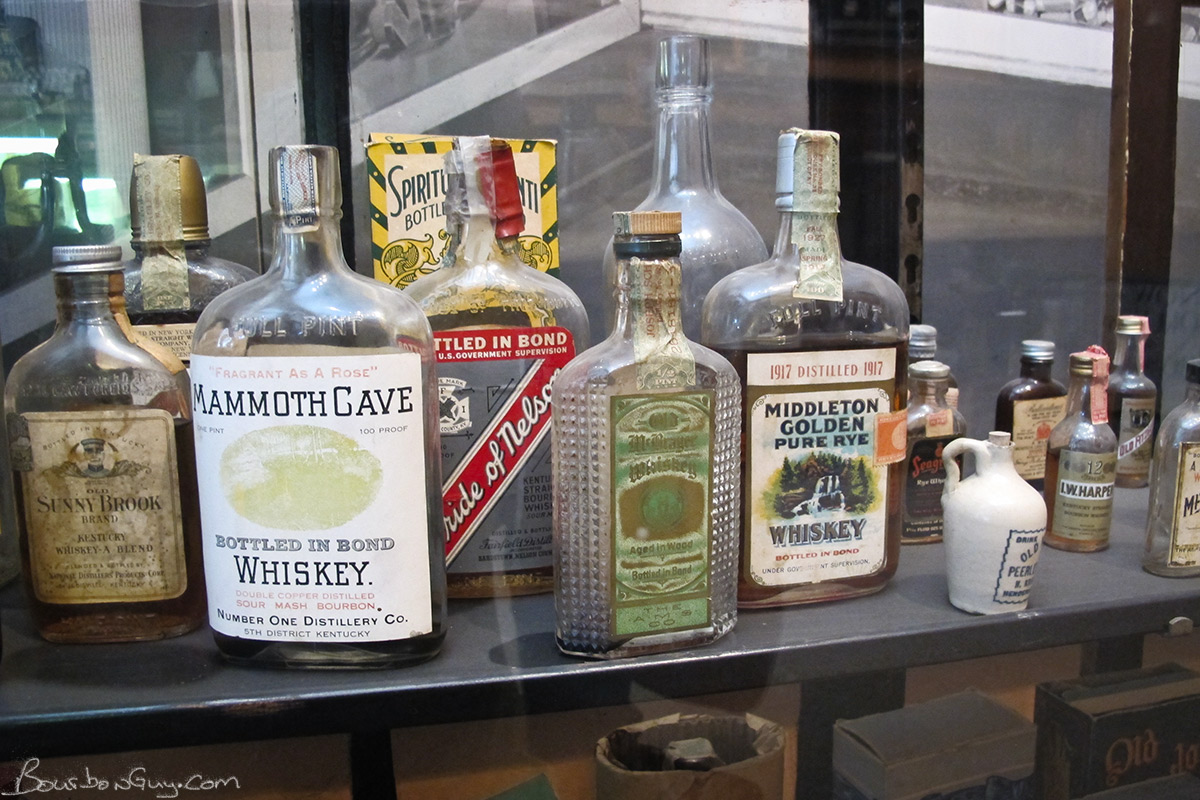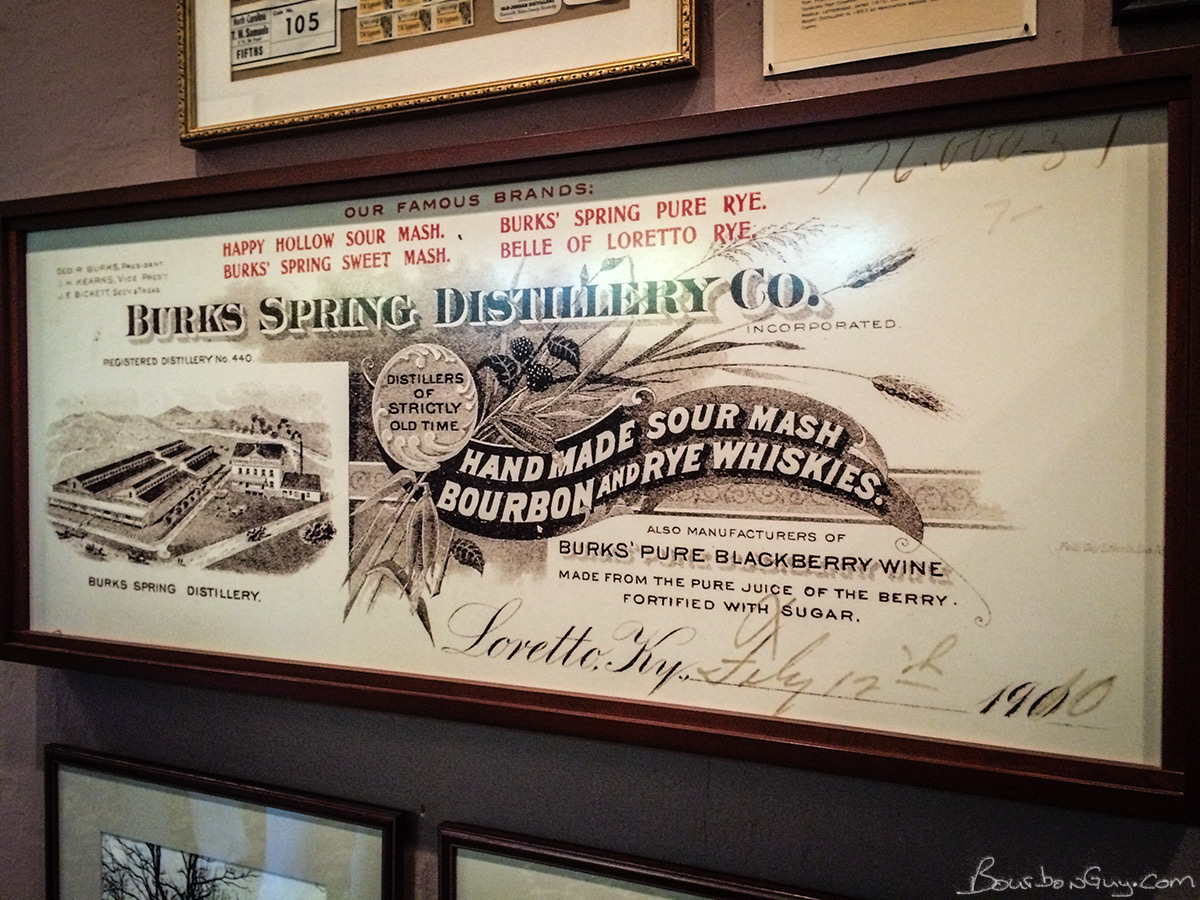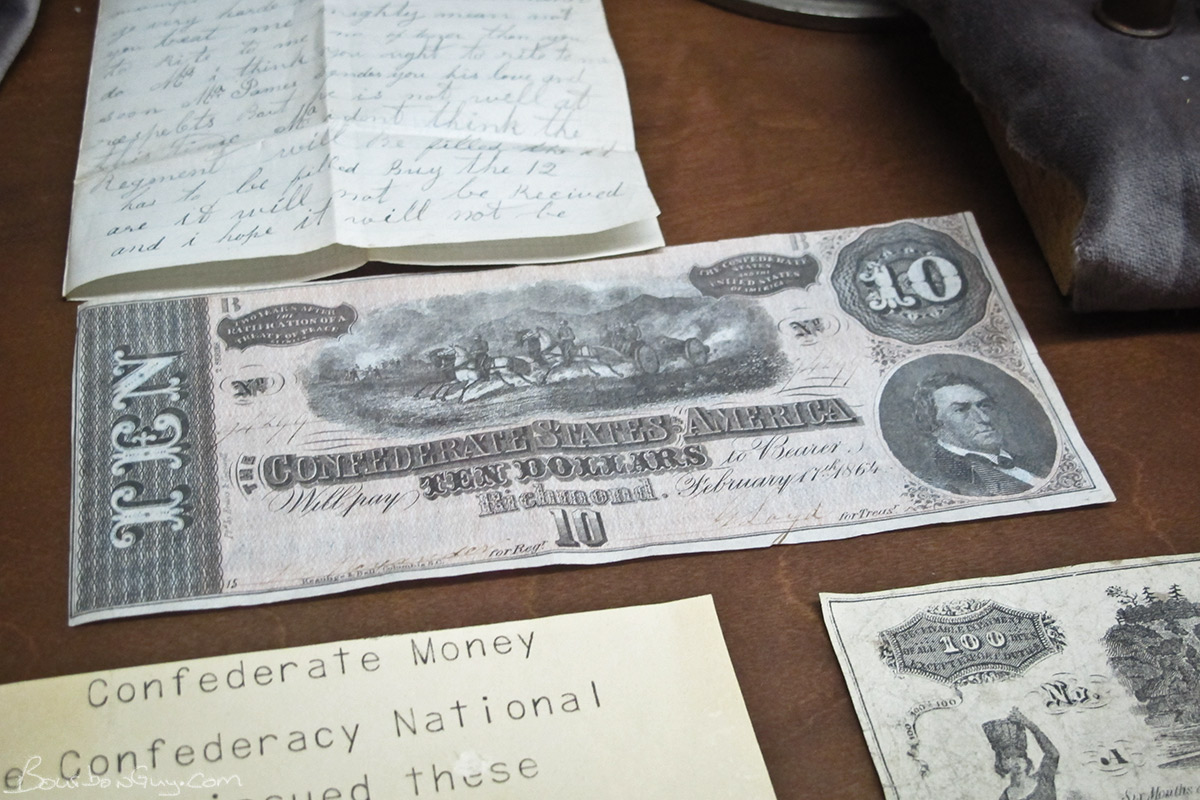I’ve said it before. I don’t review a lot of bourbon that I don’t like. You might think I am too Minnesotan and don't want to say anything mean or that maybe I don’t have a discerning palate. You might think that I’ve been bought off or that I’m hoping to get free whiskey. You might think a lot of things, but unless you are a long time reader, you’d probably be wrong.
You see, there is a very simple explanation for why I don’t review a lot of bourbons I dislike. I buy almost all of the whiskey I review and I really don’t want to spend money on things I’ll dislike. I’m experienced enough at buying American Whiskey that I kind of know what I like and what I don’t. Of course, that doesn’t mean I haven’t had a stinker or two slip through. And just because I didn’t buy it doesn’t mean that I haven’t tried it.
So in the name of helping you to avoid the stinkers, and because I do get asked this on occasion, tonight I’m presenting you with my list of the 5 worst American Whiskies I’ve had. To qualify, I had to have had it and I have to have wished I hadn’t.
My 5 Worst American Whiskies
(as decided by me and in alphabetical order.)
Hayes Parker Reserve: Terre Pure bourbon aged at least six months. I made the mistake of picking up two minis of this. I think my wife’s comments sum it up perfectly: “You can’t make me put more in my mouth.”
Masterson’s Straight Wheat and Straight Barley Whiskey: These are technically a set of Canadian whiskies, but since they are sold by a US company I’m going to include them here. When these were released, I made a comment about buying them and these are so bad that I had someone in another country volunteer to send me a sample of each so that I didn’t waste my money on them. To this day, I consider that lady to be a very good friend. I tried my samples in nosing glasses in a nice hotel room while feeling very relaxed. A good set up for being forgiving to a whiskey. It didn’t help. I struggled through half a sample of each before dumping them out and finding something tastier to get the flavor out of my mouth.
Rebel Yell: I bought this bourbon as part of the Bottom Shelf Bourbon Brackets the first year I did them. It lost in the first round to Old Crow Reserve. At the time, I said I didn’t know what I would do with the bottle because I wasn’t going to drink it. I’ve tried blending it, I tried cooking with it. Nothing worked. Eventually I did find a use for it. It became “Prop Bourbon.” When I need to take a photo for a review, but already finished the bottle, I pour my prop bourbon into the empty bottle for the photo. Afterward I dump it back into the Rebel Yell bottle and stick it back in the closet.
Town Branch Bourbon: I have never purchased this bourbon, but I’ve given this a shot on numerous occasions. I keep thinking that it must just be me. But no matter how many times I come back to it, I just don’t like it. It’s a very pretty bottle, but what’s inside I find repugnant.
Woodford Reserve Master’s Collection Double Malt Selection: This release was two different Malt Whiskies that needed to be purchased separately. I had them at a friend’s house in Louisville. We were both extremely excited to try them and well…he dumped his out. I tried to be polite and finish mine, but was convinced to do the same. This might be the worst thing Woodford has ever released under their name.
Dis-Honorable Mentions
These were also very bad whiskies, but for one reason or another I decided to drop them out of the main category. Either they weren’t quite as bad as the ones above or they are no longer available or available in such limited quantities that they won’t be much help to anyone.
11Wells Rye: This is a small craft distiller here in the Twin Cities. I tasted this at a local retailer along with a group of friends after an event. I also tasted it again at Whiskey on Ice, a local whiskey festival. It’s…not good. Hopefully after some time it will get better but I’ll need to be convinced of that when it happens.
Fleischmann’s Straight Rye: Only available as a plastic handle in Kentucky and Northern Wisconsin, this is not a whiskey to seek out. In fact, it’s not available even in those two places as a “straight” whiskey anymore, that part of the label having been changed. When I bought it, it was less than $12 for a 1.75 L bottle and it was over priced.
Woodford Reserve Master’s Collection Sonoma-Cutrer Pinot Noir Finish: This is bad. If the Double Malt is the worst thing that Woodford ever put their name on, this is the second worst. I’ve had people tell me I’m crazy, but I found this to be terrible.
Yellow Rose Bourbon: I had this at a tasting event that was held at a local chain a couple years ago. My notes at the time mentioned musty, wet corn flakes. And unfortunately, the $70 price tag on a bottle won’t let me give them another chance. There is very little chance you’ll be seeing this on the site as a full-blown review.
So there you have it. Your list will probably be very different. We all taste things differently and we all like different things, but for me these are the worst American whiskies I’ve ever had. What about you though? What’s the worst you’ve had? Let me know in the comments.
UPDATE: So, after fourteen hundred and some odd days after I first made my opinion known on Rebel Yell, I finally got around to trying it again. Here are my updated thoughts: Rebel Yell: Revisited.
BourbonGuy.com accepts no advertising. It is solely supported by the sale of the hand-made products I sell at the BourbonGuy Gifts Etsy store. If you'd like to support BourbonGuy.com, visit BourbonGuyGifts.com. Thanks!









